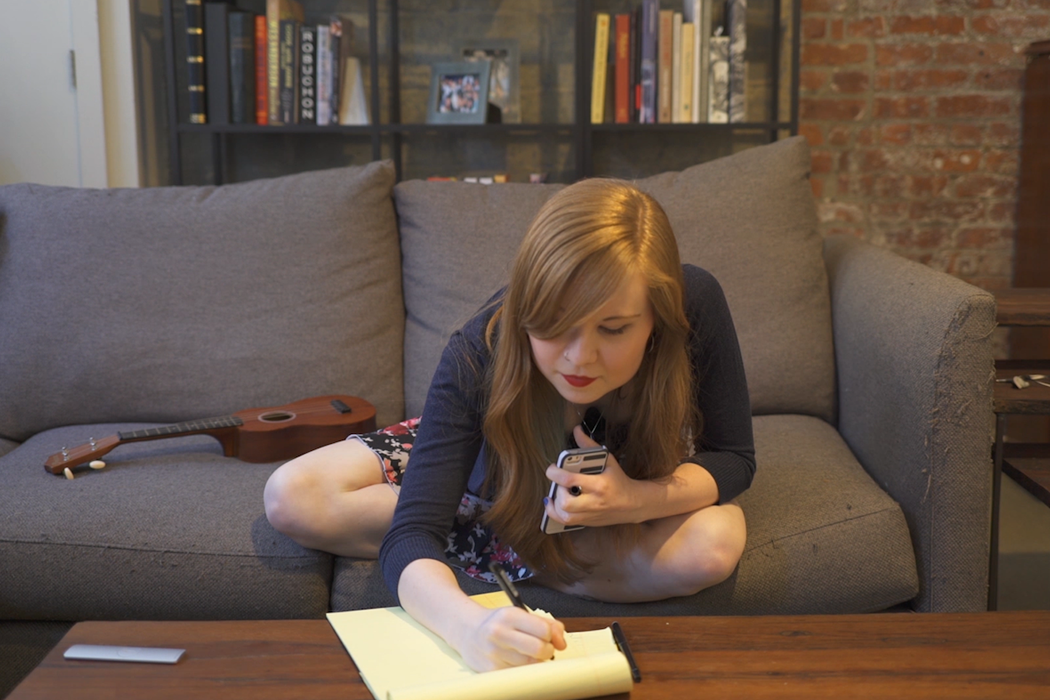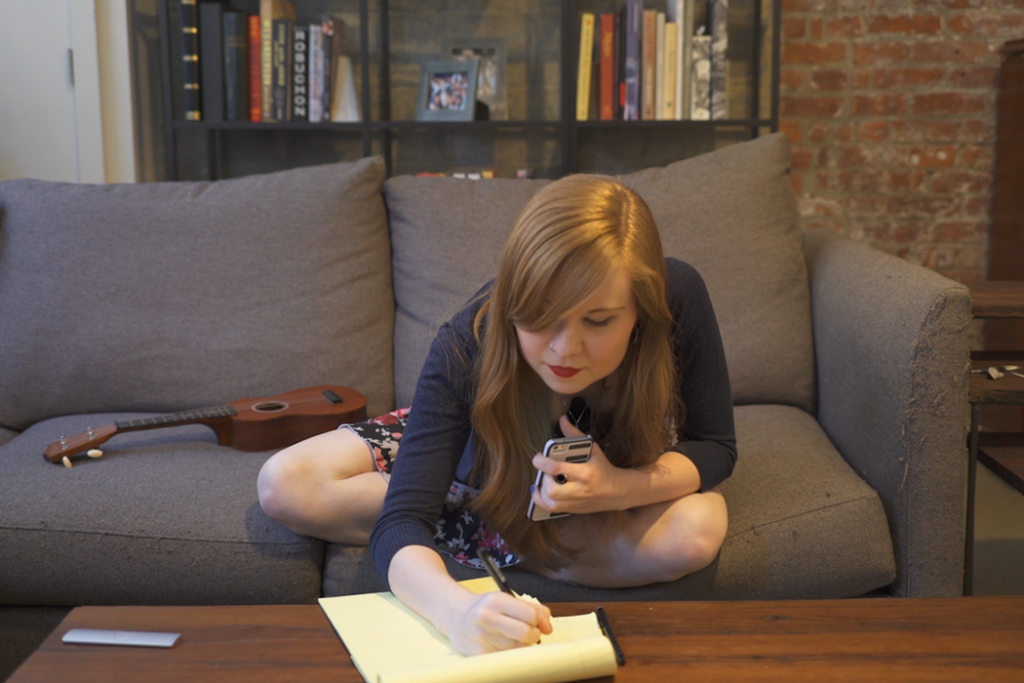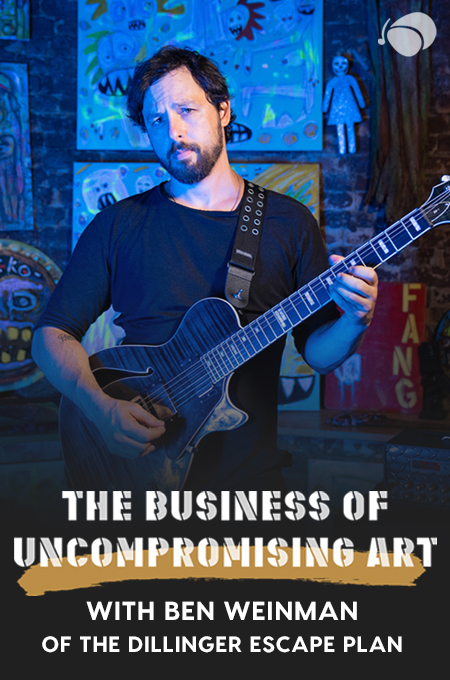
+ Recording and mixing your songs at home? Grammy-winning artist Kimbra explores how to harness the full creative potential of your music in her new course!
I have a confession.
When I first started songwriting, I didn’t fully understand the importance of lyrics. I focused all my attention on the “music” and threw the lyrics in as an afterthought. But the more I wrote, the more I realized how lyrically lacking my songs were. So I made the decision to focus more of my energy on writing great lyrics. While I ended up writing fewer songs, I was incredibly proud of the songs I did write.
Here’s the way I see it now: The melody is what draws the listener in initially, but the lyrics are what makes the listener want to hear your song over and over again. The lyrics are what connect the listener to your song.
Because I’m not a natural lyricist, I’ve developed some strategies to challenge myself and develop my lyric-writing chops.
Here are a few of them. But first, for all you singer-songwriter-producers out there, Soundfly just launched a brand new course with Kimbra, in which she herself demystifies her variety of vocal techniques and the creative inspirations behind her most beloved songs. Go check out this awe-inspiring new course, Kimbra: Vocal Creativity, Arranging, and Production, exclusively on Soundfly.
1. Pay attention to poetic devices.
Remember all those crazy poetry terms you learned back in elementary school? Metaphor, simile, alliteration, personification, imagery, rhyme… Sound familiar? Don’t ignore these techniques when writing your lyrics. The key is to use these subtly. The lyrics shouldn’t scream “ALLITERATION” in your face, but using careful alliteration can give a subtle, desired effect to help the lyrics flow seamlessly.
Here’s an example of a somewhat covert use of consonance and internal rhyme:
“These beats of a dark heart use bass lines to replace you” — Kendrick Lamar (from Taylor Swift’s “Bad Blood”)
Notice the internal (imperfect) rhyme on “these beats” and “dark heart” and the consonance (or internal alliteration) with the “s” and “c” sounds:
“These beats of a dark heart use bass lines to replace you”
Once you turn on your ears to these techniques, you’ll start hearing them everywhere, and pretty soon they’ll make their way into your own lyrics. In case you’ve forgotten how some of these things function, here’s a little refresher list:
Metaphor — a word or phrase used symbolically in place of a word with a different meaning to show comparison. An object, activity, or idea that is used as a symbol for something else (e.g. “He was a storm blowing through”).
Simile — a comparison phrase using the words like or as to relate two seemingly disparate ideas (e.g. “I ran like the wind”).
Alliteration — the use of words that begin with the same consonant sound near one another (as in “wild and woolly,” or in “babbling brook”).
Consonance — the use of repeated use of consonant sounds found at any point in a word (e.g. “coming home,” or “hot foot“)
Personification — the practice of representing a thing or idea as a person.
Imagery — language that causes people to imagine pictures in their mind.
Rhyme — two or more words or phrases that end in the same sounds.
2. Try a random word generator.
This one is my personal favorite because it forces me to think outside-the-box and use lyrics I would NEVER think of on my own. Some of my best hooks have originated from a random word generator!
Try this: Spend 5-10 minutes flipping through words in an online random word generator like this one below. Write down the words that stand out to you. You don’t have to have a song idea or lyric in mind yet. Just choose words if you think they sound pretty or have a nice natural flow to them.
Take that list of words and come up with 2-3 phrases, sentences, metaphors, or song ideas based on each word. Most of these won’t end up being songs, but you might end up finding an idea worth sticking with!
3. Listen.
When a lot of people think about writing “great” lyrics, they instantly think of brilliantly poetic lines, clever puns, and thought-provoking metaphors. But some of the best lyrics are simply conversational. They’re words or phrases that you would use in your everyday life.
My biggest advice to you is to listen. Be attentive to your surroundings. Keep your ears open for lyrical ideas everywhere: talking to your friends, watching TV, or reading a book. Your next big hook could be a phrase that you hear every day that you’ve just never thought of in a lyrical context.
Continue learning with hundreds of lessons on songwriting, composing, home recording, electronic production, beat making, and much more. Explore Soundfly’s exciting courses like Modern Pop Vocal Production, Modern Mix Techniques, and Kimbra: Vocal Creativity, Arranging, and Production.




